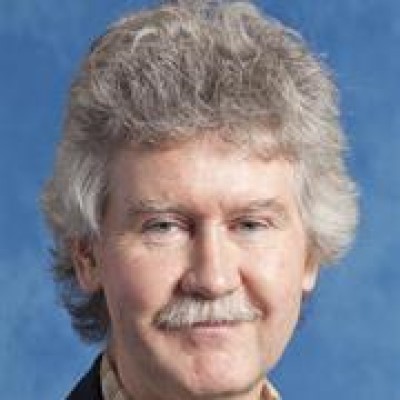My research interest is X-ray diffraction using synchrotron radiation (SR). During my Bell Labs years, I developed the methods for studying surface structure using X-ray diffraction. These methods, based on crystal truncation rods, have become the definitive technique for the determination of the atomic positions at surfaces and interfaces. These surface methods are still used today at the major SR facilities, NSLS (Brookhaven), ESRF (Grenoble), APS(Chicago) and SLS (Villigen). I was awarded two prizes for the surface structure work, the Warren Prize in 2000 and the Surface Structure Prize in 2011.
To develop the methodology of X-ray diffraction with SR, I built two beamlines. The first was a dedicated surfaces and interface structure beamline X16A at the National Synchrotron Light Source (Brookhaven). The second was 34-ID for coherent diffraction at the Advanced Photon Source (Chicago). More recently I have been developing methods of using the very high coherence of the latest SR sources to enable direct 3D imaging of structure. This is potentially useful for examining strain distributions inside complex materials on the nanometre length scale. My group uses the coherent X-ray diffraction facilities at the Diamond Light Source (DLS) located at Rutherford Appleton Lab (RAL) near Oxford. I was a founding “”Diamond Fellow”” of the Research Complex at Harwell (RCaH), also located at RAL. This is a meeting place of physical and live scientists interested in the transfer of methodologies from the physical to the life sciences. Materials and biological imaging are the main directions under development there. For this activity, I was awarded the Aminoff Prize by the Swedish Academy.
After the RCaH activities closed at the end of the grants, I took a part time position running the X-ray Scattering group at Brookhaven National Laboratory. From there my research moved in the direction of studying quantum materials with important properties, such as thermoelectric, superconducting, magnetoresistance or enhanced dielectric. The Bragg Coherent Diffraction Imaging (BCDI) method is well adapted to visualising the domains within these materials which are often connected with their properties. It also allowed me to explore further the materials in the time domain as they respond to laser excitation. This is achieved using X-ray Free electron Laser Sources, such as LCLS (Stanford), European XFEL (Hamburg) and PAL-XFEL (Pohang, Korea). BCDI is now being activly applied to study the structure of ion-conductors used in solid state electrolytes.


